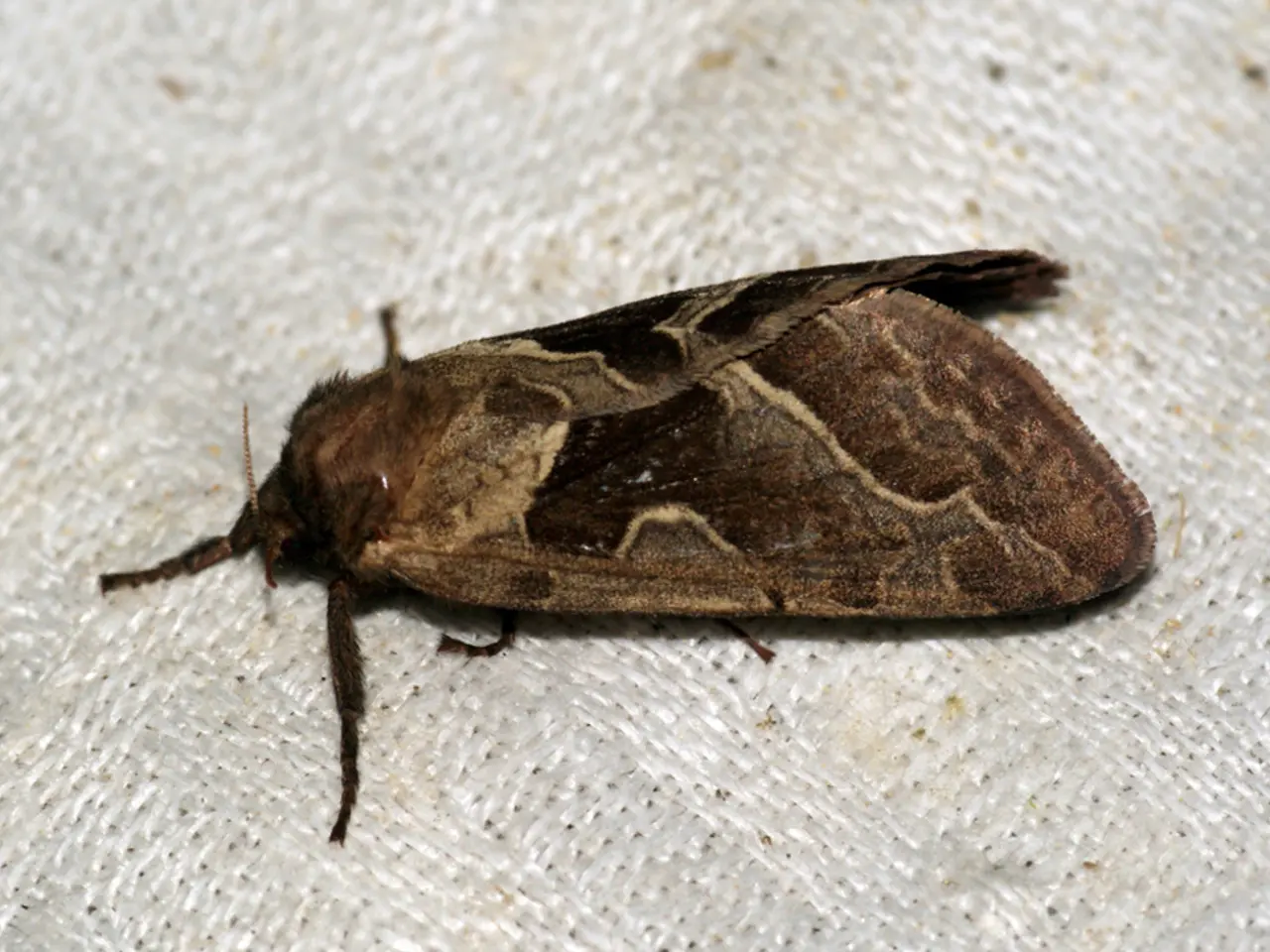Skin Rash Circles: Understanding Root Causes and Diagnostic Approaches
Circular rashes on the skin can be a cause for concern, but understanding their causes and symptoms can help in seeking appropriate treatment. Three common conditions that may present with circular rashes are Lyme disease, granuloma annulare, and contact dermatitis.
Lyme disease, caused by a bacterial infection from a tick bite, often presents with a circular or oval red rash, sometimes with a characteristic bull’s-eye pattern. The rash may be accompanied by flu-like symptoms. Early treatment with oral antibiotics is crucial to prevent systemic complications.
Granuloma annulare is a chronic skin condition of unknown exact cause, characterized by inflammatory responses leading to ring-shaped lesions. It is not infectious but may be related to immune system factors. The condition usually presents as ring-shaped, reddish or skin-colored bumps, often located on hands, feet, elbows, or knees.
Contact dermatitis results from skin contact with irritants or allergens such as chemicals, plants, or metals. It causes a red, itchy rash exactly where skin contacted the irritant, which may have blisters, flaking, or scaling. The rash appears soon to hours after exposure.
In all cases, it's important to get a proper diagnosis from a dermatologist since treatment depends on the underlying cause. Other similar-appearing rashes include eczema, psoriasis, and pityriasis rosea, which require different management.
If a rash covers the entire body, occurs with a fever, is painful, begins to blister, or occurs with difficulty breathing, seek urgent medical care. Persistent, spreading, or worsening rashes, especially with systemic symptoms, warrant medical evaluation.
Hives can develop on any part of the body and may appear and disappear quickly. If ringworm doesn't go away after 2 weeks of treatment, contact a doctor, especially if it affects the scalp, or anyone with a weakened immune system. Ringworm is more common in warm, humid weather.
Ringworm is infectious and can pass from one person to another through close contact. However, it is important to note that ringworm is not a parasitic infection or a worm. Lyme disease can cause a circular rash at the site of a tick bite, which may have a bull’s-eye appearance. Tick bites are common in exposed or warm areas, such as the lower leg, armpit, groin, and back.
Granuloma annulare causes no symptoms beyond the rash, and it is not contagious. The rash caused by ringworm is circular, red or pink on lighter skin and silver or brown on darker skin, and may be itchy. Allergists can test for triggers of skin reactions, often through patch tests.
Treatment for ringworm involves antifungal cream or gel, and should be used for 2 to 4 weeks, even after the symptoms go away. Keeping track of foods, drinks, medications, physical activities, and symptoms in a diary can help a person identify what might be triggering a reaction.
Steroid injections or creams may help the body heal in granuloma annulare. Early treatment of Lyme disease with antibiotics can cure it. Granuloma annulare can develop after skin damage or a viral infection.
In conclusion, understanding the causes, symptoms, and treatments of circular rashes can help individuals seek appropriate medical care and manage their conditions effectively. It is always advisable to consult with a dermatologist for a proper diagnosis and treatment plan.
- Lyme disease, caused by a bacterial infection from a tick bite, often presents with a circular or oval red rash, sometimes with a characteristic bull’s-eye pattern.
- Granuloma annulare, a chronic skin condition of unknown exact cause, is characterized by ring-shaped lesions; it is not infectious but may be related to immune system factors.
- Contact dermatitis can cause a red, itchy rash exactly where skin contacted an irritant, which may have blisters, flaking, or scaling.
- In all cases, it's important to get a proper diagnosis from a dermatologist, as treatment depends on the underlying cause.
- Hives, which can develop on any part of the body, can go away after 2 weeks of treatment with antifungal cream or gel.
- Allergists can test for triggers of skin reactions, often through patch tests, to help individuals manage their health-and-wellness and skin-care effectively.




